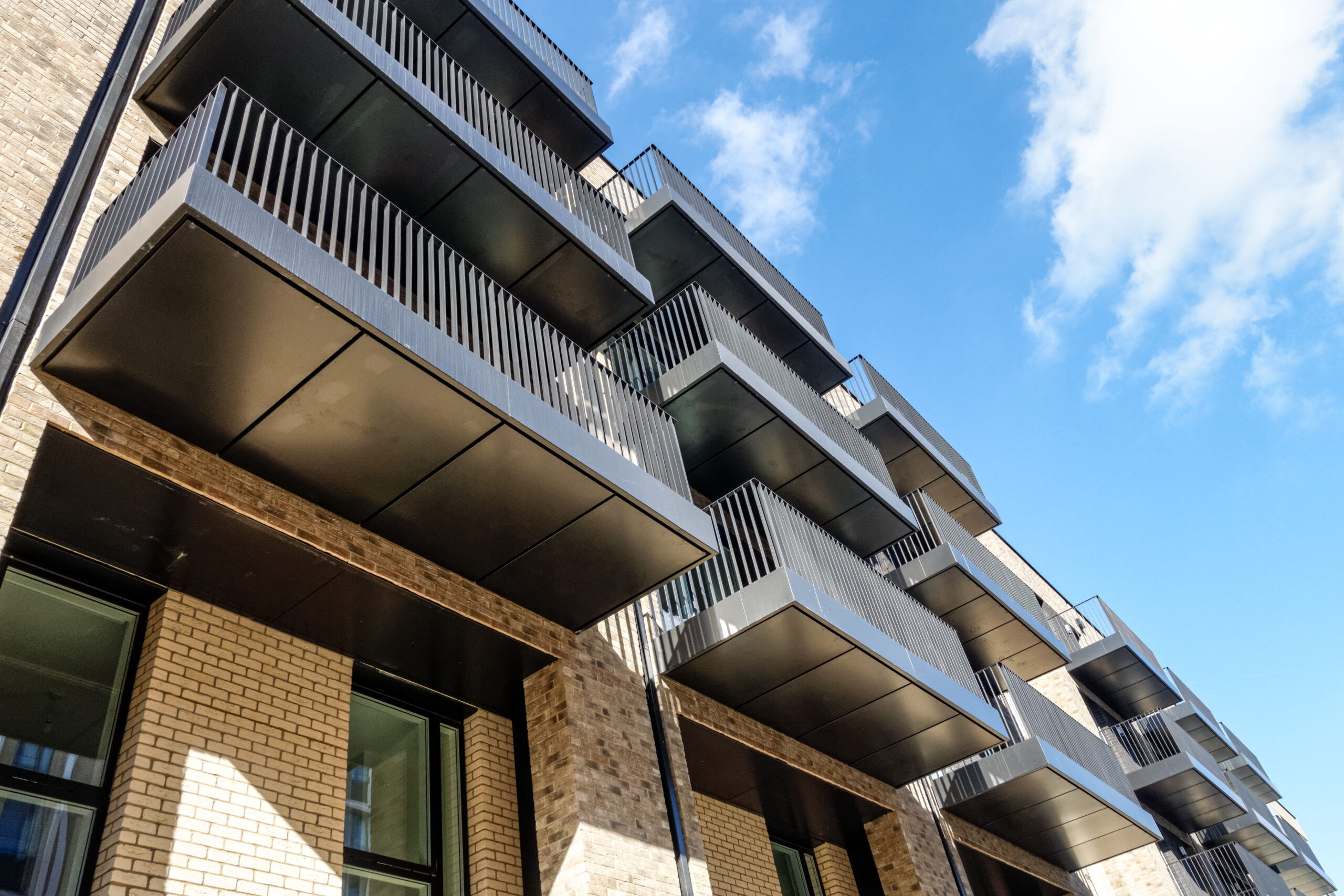In a recent decision, the Upper Tribunal (UT) has provided important clarification on what constitutes “cladding remediation” under the Building Safety Act 2022 (BSA). This ruling has significant implications for property managers and managing agents involved in the planning and execution of external wall remediation works.
Background
The case in question, Almacantar Centre Point Nominee No. 1 Ltd & Ors v Penelope de Valk & Ors (2025), involved in a dispute over the classification of façade works at Centre Point House in London. The freeholder proposed extensive remedial works to the building’s timber-framed facade, which had been identified as defective when installed, and had also deteriorated over time. The costs for which the freeholder was seeking to put through the service charge for the leaseholders of the block to contribute towards and made a pre-emptive application to the FTT, for a determination on the reasonableness and recoverability of the costs for the proposed works. The key issue was whether these works fell within the BSA’s definition of “cladding remediation,” thereby protecting qualifying leaseholders from taking on the associated costs.
The First-tier Tribunal Findings
A group of leaseholders looked to argue whether the freeholder had the right to carry out the works under the lease, and therefore that no service charge was payable for the works proposed. The FTT rejected this dispute finding that the works did fall within the freeholder’s responsibilities within the lease, and in theory, would be payable through the service charge.
However, the FTT concluded that numerous leaseholders were entitled to rely on the protections set out in Schedule 8 of the BSA which prevent service charges from being recovered in relation to cladding remediation works. The FTT found that the panels and windows in question formed part of an unsafe cladding system, meaning that the cost of the works could not be passed to leaseholders through the service charge.
The freeholder appealed the decision to the UT on the basis the FTT had been wrong to classify the works as cladding remediation under the BSA. They argued the external facade did not form part of a cladding system and that, even if it did, the works would only be covered by the leaseholder protections if they were to remedy a “relevant defect” as defined by the BSA. Furthermore, they argued that cladding should only be considered “unsafe” if it posed a specific fire risk.
The Upper Tribunal Findings
The UT upheld the FTT’s decision that the proposed facade works did indeed constitute “cladding remediation” under the BSA. The tribunal emphasised that the term “cladding” is not rigidly defined and must be assessed based on the specific facts of each case. In this instance, the facade elements were deemed to be part of the cladding system, and their replacement was necessary to address safety concerns.
Importantly, the UT confirmed that the BSA’s provisions on cladding remediation are separate from those concerning “relevant defects.” This distinction means that the usual time limits and requirements associated with “relevant defects” do not apply to cladding remediation, broadening the scope of works that may be covered.
Implications for Property Managers
This ruling underscores the need for property managers to carefully assess the nature of external wall works and their alignment with the BSA’s definition of “cladding remediation.” Key considerations include:
- Scope of Works: Determine whether the proposed works involve elements that form part of the cladding system, such as external panels or windows.
- Safety Assessment: Ensure that any identified defects pose a safety risk, as this is a critical factor in qualifying for cladding remediation under the BSA.
- Cost Recovery: Be aware that costs associated with cladding remediation may not be recoverable from qualifying leaseholders through service charges.
Given the complexities involved, it is advisable for property managers to seek legal and technical advice when planning and executing external wall remediation projects. This will help ensure compliance with the BSA and mitigate potential disputes with leaseholders.
Conclusion
This decision makes it clear that whether a building is considered to have cladding will depend on the facts of each case. However, the Tribunal’s approach suggests that the term “cladding” will not be given a narrow interpretation. This supports the government’s original intention under the Building Safety Act, to protect leaseholders from the costs of remediating unsafe cladding, regardless of its age, design, or materials.
For managing agents and freeholders, the ruling reinforces that the responsibility for ensuring building safety ultimately rests with the building owner. It highlights the importance of proactively addressing any cladding or external wall safety issues, even where recovery of those costs through the service charge may not be possible. Taking early legal and technical advice will be key to managing both compliance and financial exposure under the evolving Building Safety framework.




